In the 1930s, when the Pennsylvania Railroad re-designed its signature train the Broadway Limited, management wanted the train’s 4-6-2 locomotive to be just as striking as the passenger cars. Industrial designer Raymond Loewy took pencil in hand and created a streamlined shell for one of the road’s 425 K4s Pacific locomotives.
Engine no. 3768 (class of 1920) was selected for the star treatment and given a streamlined boiler shell with removable skirts. The engine’s tender was a modified 180F82-style tender used on an I1s-class Decapod 2-10-0.
In 1938 the locomotive was assigned to the Broadway Limited on the Philadelphia-Pittsburgh pool. According to Bert Pennypacker in The Many Faces of the Pennsy K4 (NJ International, 1984), the locomotive’s streamlining was removed 12 years later.
The 3768 was the only K4s to be streamlined with this specific design. The railroad dropped no. 3768 from its roster in 1953.
The model
Most models of the K4s Torpedo that I’ve seen look, well, fat. They seem too wide for their length. The S gauge American Models’ engine looks better balanced than any Torpedo that I’ve seen in O gauge, regardless of era or style (toy or scale). American Models gets two thumbs up from me in that regard.
The die-cast metal shell is flawless.
I love the locomotive’s curved nose and the three, gently arched add-on handrails. Above the headlight is a winged Pennsylvania RR keystone. The keystone contrasts nicely with the silver wings and the bronze locomotive body.
The boiler has add-on grab irons just beneath the number boards, and the streamlined pilot has footholds. The boiler is die-cast metal but features removable plastic skirts (For the ease of 1:64 scale maintenance crews, no doubt!), so you can run one engine, but have the choice of two styles.
The steamer has subtle gold pinstripes that run across the pilot and three additional stripes – one at cab height and the other two slightly lower – that run the length of the engine.
There are green jewels on the front of the engine, and red jewels at the rear corners of the tender. The tender itself is plastic and has metal wheels with die-cast metal truck frames. The tender has a nicely textured cast-in coal load painted black.
Screws in the drawbar hold the tender and locomotive together. Running through standard curved track sections, the locomotive’s cab comes close to, but never hits, the tender.
The engine’s color was a bit of a puzzle at first, but American Models reports that the locomotive was delivered to the Pennsy in a bronze paint scheme right after streamlining.
On the test track
The Torpedo ran like a champ. I started out easy with a five-car train, but after a few moments I quickly put another 10 cars on the track to see how they would affect performance. It didn’t faze the tough little engine at all.
The low-end speed average was 19.2 scale mph, and the high-end average was 77.8 scale mph. Facilitated by the “Gription” traction tires, the 3-pound, 13-ounce steamer mustered 1 pound, 1 ounce of drawbar pull, which equals roughly 51 modern S scale freight cars on straight and level track. Amperage draw barely nudged the gauge.
At 18 volts I clocked the S scale engine at 77.2 scale mph with a 15-car mixed make and vintage S gauge freight train in tow. Very nice performance, indeed.
The Torpedo outdistanced my own fleet of three postwar steamers (the American Flyer nos. 302 Atlantic, 322 Hudson, and 350 Royal Blue Pacific) in smoothness of motor operation, speed range, and drawbar pull. What the Torpedo might lack in childhood Flyer nostalgia, it more than compensates for in operational enjoyment.
The smoke unit delivered nice puffs in sync with the locomotive’s chuff sound. There was also a periodic “ka-chow, ka-chow” of compressors. The sound system also features a bell. (We were unable to activate the whistle because we lacked an American Models horn activator.)
We ran the steamer on track made by American Flyer, American Models, S-Helper Service, and even the defunct A. C. Value Lines, and it performed well on all brands.
We encountered one oddity with our sample Pacific locomotive – it always started in reverse.
The fix was embarrassingly simple. American Models owner Ron Bashista advised us to simply unplug the electrical connection between the engine and tender, turn it over, and plug it back in. As Southern philosopher Gomer Pyle would say, “Shazam!”
The engine now starts in forward. So if this happens to you, learn from our mistake!
The Torpedo is a lot of fun to run, and it looks great. Performance is very satisfying, so fear not if you have no Pennsylvania passenger cars in your fleet – this engine makes even a dingy old work train look good!





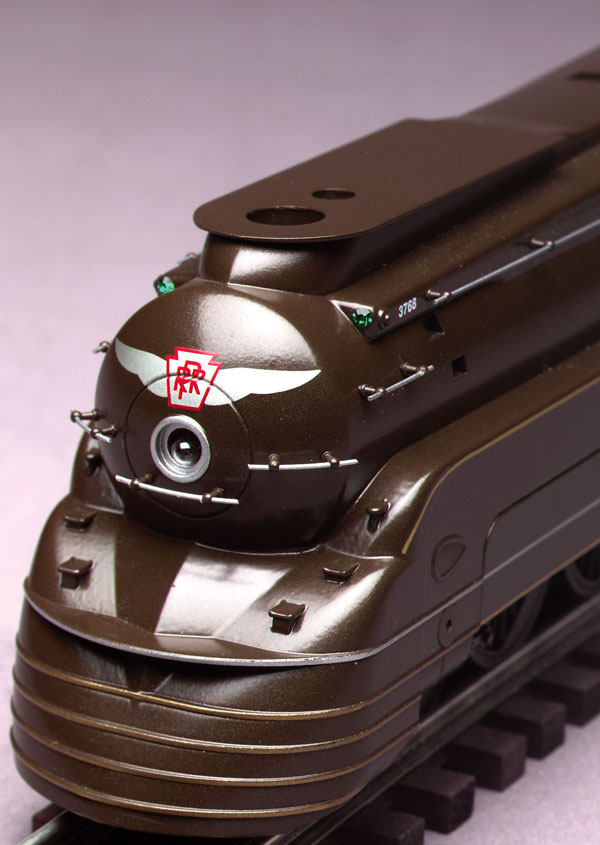

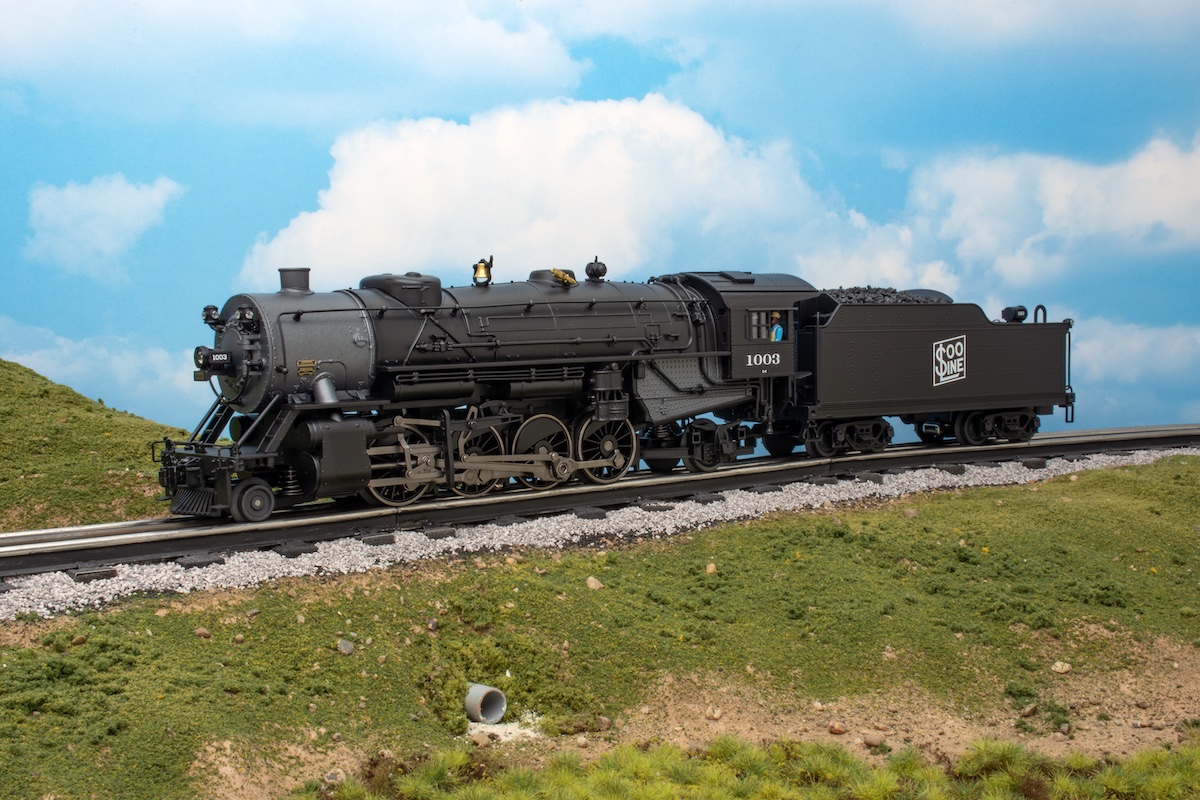
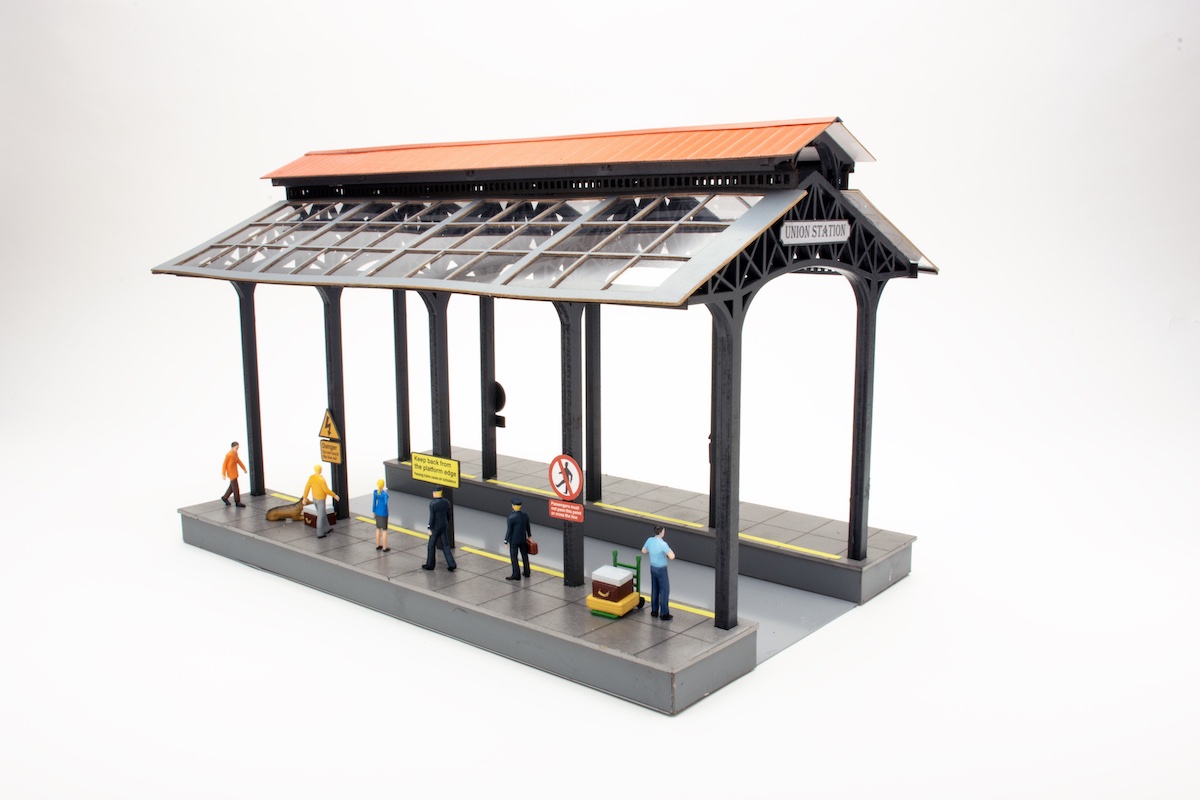
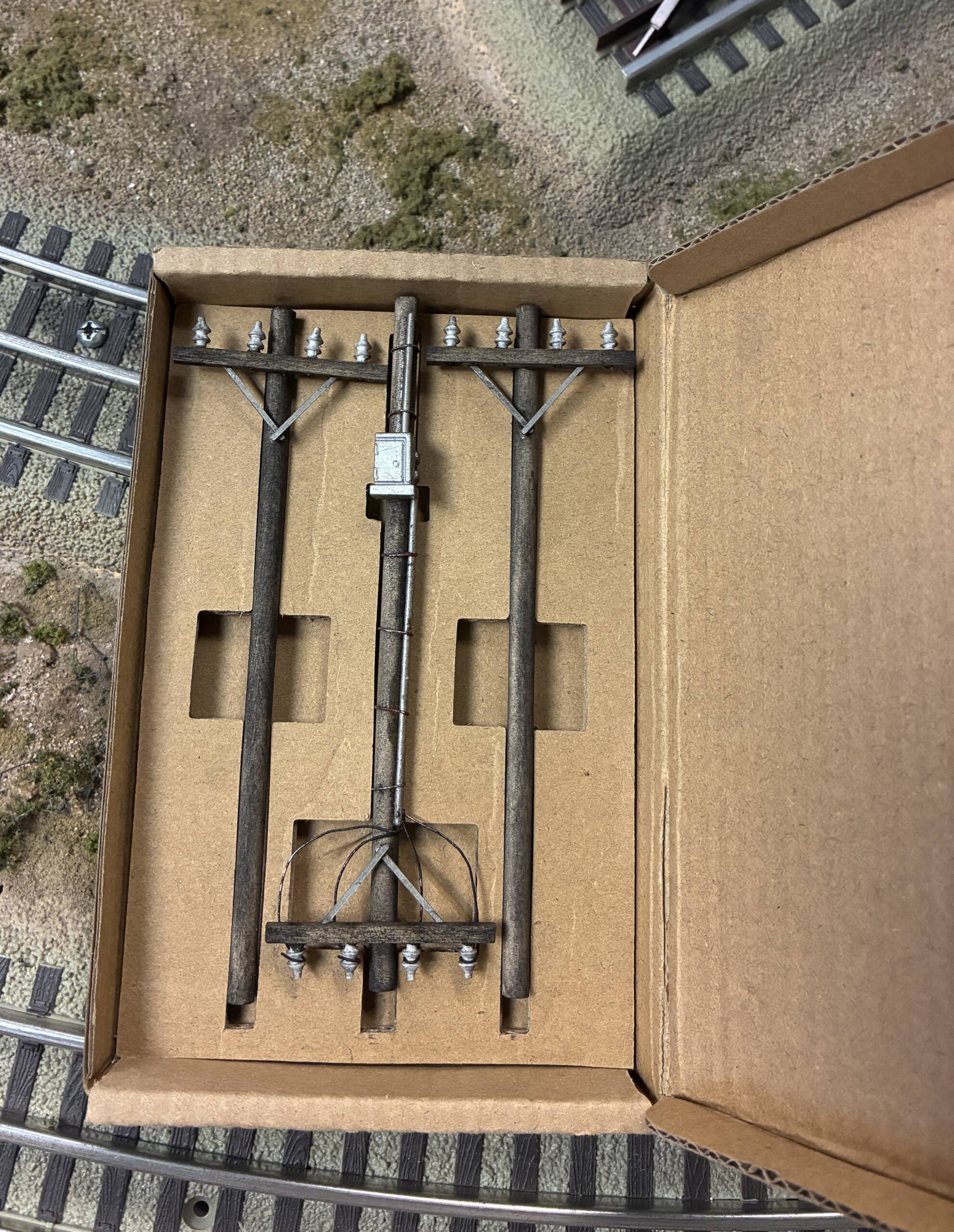
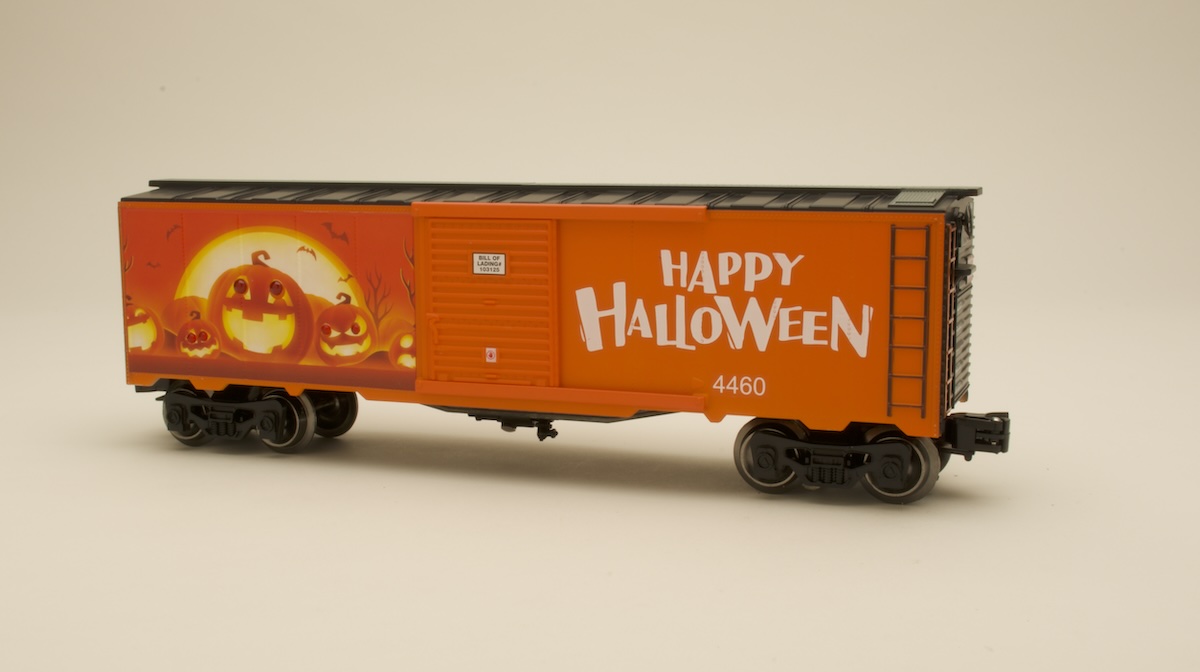




Loved the article. Very informative.